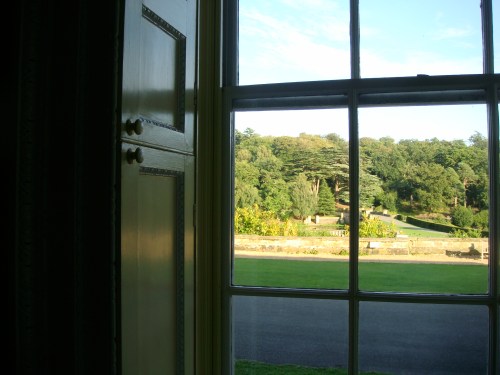There’s been a lot of kerfuffle about “journalism”, both in the press as well as in the blogosphere, over the past few years; much of it has been focused on some sort of polarised debate, suggesting there are two camps, one called mainstream media (MSM) and one called citizen media (CM).
This is a flawed view, one that I’ve written about before here, here, and here. We have to avoid the temptation to make every issue a Blefuscudian one, pitching Big-Endians against Little-Endians. [An aside: I decided to take a look at Wikia for this definition; it still lags behind the Wikipedia definition, but I shall be tracking the differences more carefully from now.]
It doesn’t matter what kind of journalist you are, MSM or CM; these labels relate to methods and rules rather than professional core aspects. MSM people tend to follow a centralised rather than P2P editorial approach, while CM guys tend to be more independent; MSM people tend to use more traditional techniques to gather and publish news, as it were.
Even these statements are too simplistic, too generalised. The lines between MSM and CM are blurring, there are people who work in both “camps”, the tools and techniques are crossing over more and more.
One thing has not changed, and will not change. The job of an editor. MSM or CM, it doesn’t matter. Which is why it gives me great pleasure to link online to a Guardian article covering a Sunday Express story, headlined Furious email from senior staff member to Sunday Express editiorial department.
I implore you to read it. You won’t regret it. But perhaps you should put that cup of hot beverage down before you read it. Just for safety’s sake, and to protect your clothes.
[Thanks to Anant for the tip-off].






